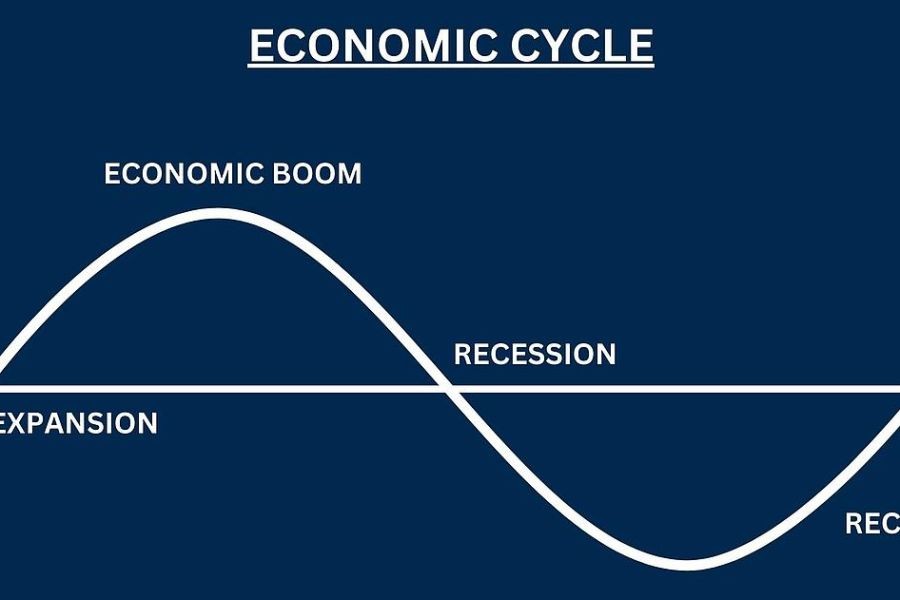Australia's education system is at a critical juncture, facing scrutiny as some argue it may not be fully preparing future tech leaders. With technology rapidly evolving and industries pivoting towards digital solutions, Australia’s ability to nurture and retain tech talent is more crucial than ever. This article delves into why some believe the current system is falling short, explores the consequences for the Australian economy, and suggests potential pathways to strengthen the educational framework.
The Current State of Australia's Education System
Australia has long been celebrated for its high-quality education system. However, recent reports suggest that while foundational education remains strong, there is a gap in advanced tech skills training. According to the Australian Bureau of Statistics, only 40% of tertiary graduates feel their education adequately prepares them for the modern workforce, specifically in technology sectors.
Challenges Faced by the Education System
- Curriculum Relevance: Many educational institutions struggle to keep pace with rapid technological advancements, leading to outdated curricula that fail to equip students with necessary skills.
- Industry Collaboration: There is a noticeable gap between academic institutions and tech industries, resulting in a lack of practical, real-world applications in tech education.
- Access to Resources: Rural and remote areas often lack access to cutting-edge technology and resources, creating a disparity in education quality across the country.
Case Study: The Australian Space Industry
The Australian Space Agency, established in 2018, aims to grow the space industry significantly. However, a 2023 report by the CSIRO indicated a talent shortage in this sector, primarily due to the educational system’s slow adaptation to space technology demands. The agency has since partnered with universities to introduce specialized courses, resulting in a 25% increase in relevant graduate skills over two years. This collaboration highlights the importance of aligning educational curricula with industry needs.
Global Comparisons and Insights
Countries like Singapore and Finland have successfully integrated tech education into their core curricula. Singapore’s focus on STEM from an early age and Finland’s emphasis on applied learning have positioned these nations as leaders in producing tech-ready graduates. Australia can draw valuable lessons from these models, especially in terms of integrating technology seamlessly into everyday learning.
Debate: Should Australia Follow Suit?
While it is tempting to emulate successful models, experts caution against a one-size-fits-all approach. Dr. Jane Ellis, an education policy analyst, notes, “Australia's unique socio-economic landscape demands tailored solutions rather than wholesale adoption of foreign systems.” Instead, a hybrid approach that incorporates successful elements from global models while addressing local challenges could be more effective.
Steps Towards Improvement
- Enhanced Industry Partnerships: Facilitate collaborations between tech firms and educational institutions to update curricula and provide students with hands-on experience.
- Government Initiatives: Increased funding and policy support for tech education, particularly in underserved regions, could bridge the resource gap.
- Focus on Lifelong Learning: Encourage continuous professional development with certifications and courses designed to keep professionals abreast of technological advancements.
Future Trends and Predictions
By 2030, it is predicted that 70% of jobs will require advanced digital skills. Australia's education system must adapt rapidly to this shift. The Reserve Bank of Australia projects that tech-driven sectors will contribute significantly to economic growth, further emphasizing the need for an education system that can support this evolution.
Biggest Mistakes to Avoid
- Ignoring Industry Needs: Failing to align educational outcomes with industry demands could lead to a skills mismatch, impacting employability.
- Underestimating Soft Skills: Technical skills alone aren't enough; critical thinking and problem-solving are equally essential.
- Neglecting Rural Areas: Focusing solely on urban centers ignores the potential talent pool in rural areas.
Conclusion
Australia stands at a pivotal point where its education system must evolve to meet the demands of a digital future. By fostering closer ties between educational institutions and industries, updating curricula, and focusing on continuous learning, Australia can ensure it doesn't just follow, but leads in preparing future tech leaders. What are your thoughts on improving Australia's education system for tech? Share your insights below!
People Also Ask
- How does Australia's education system impact tech industries? The system's current lag in tech education affects the industry's growth by creating a skills gap, limiting innovation and productivity.
- What are the biggest misconceptions about tech education in Australia? A common myth is that tech skills are innate, but studies show structured learning environments significantly improve proficiency.
- What changes could improve tech education in Australia? Increased industry partnerships, updated curricula, and enhanced resource allocation are key strategies for improvement.
Related Search Queries
- Technology education in Australia
- Australia tech industry skills gap
- Future of tech education in Australia
- Australian education system challenges
- Global education models for technology

































JuliusMarg
2 months ago